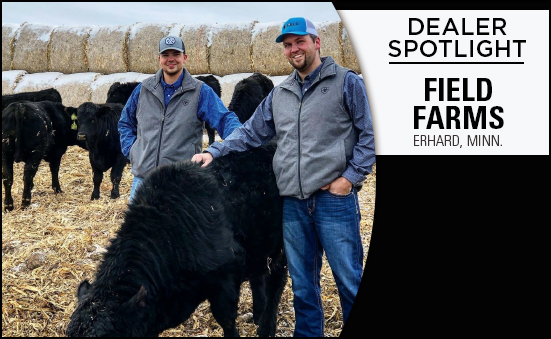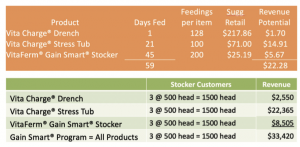Attitude. Perspective. Choices. These are three words you would expect a featured speaker to highlight during a keynote address. And these are three words that not only did retired United State Air Force Major Brian Shul speak of, but words he lived during his time serving in the Air Force.
As a USAF fighter pilot, Shul was shot down in a Cambodian jungle during the Vietnam War and severely burned in the crash. He was initially given up for dead, but eventually rescued. With more than 15 surgeries during that first year of recovery, Shul was told he would never fly again. And he admits there were days it would have been easier to quit. But then, a simple song and the sound of kids playing outside that came in through his hospital window, changed his attitude.
“Sometimes you have to reach rock bottom before you can appreciate the journey ahead,” Shul told a packed room the final morning of the 2019 BioZyme Dealer Retreat. “I’m the luckiest man in the world.”
As he lay in the hospital room at Fort Sam, Houston, Texas, Judy Garland’s “Somewhere Over the Rainbow” came through the speaker, and the sounds of young children playing soccer outside motivated Shul to shift his attitude from one of giving up to one of determination. He was determined to walk out of that hospital and fly again. And he did.
Because of a change in attitude, he passed his rigorous flight physicals with no problems. He performed in air shows, became a Top Gun instructor and he earned the sixth highest score ever on the astronaut physical. But most importantly Shul became one of only 93 pilots to ever fly the SR-71 spy plane, the fastest plane ever built.
Under the command of President Ronald Regan, Shul and his co-pilot flew the SR-71 on many secret missions. The blackbird reached heights of 90,000 feet and speeds of 2,000 miles per hour. Shul flew the plane, once again serving his country, with a new perspective. He had gotten out of Vietnam. He was living his dream, flying the plane of his dreams, when 19,000 young men who had been in Vietnam never got to celebrate their 21st birthday.
“Life is short, and it is uncertain. Pursue your passion now. Live your dream. Don’t wait for it,” Shul said.
And that is exactly what he did. As a pilot with second chance and a passion for photography, Shul started combining his passion with his career. He took his camera with him on flights and shot some spectacular images of the plane and scenery. On his days off, he would go up with the fuel tankers and capture different perspectives of the giant jet. He has the most extensive collection of photographs of the SR-71, and has published books about the plane that retired in 1990.
“I made a choice that day. Life’s not always about being the best. It’s about being determined,” Shul said.
When Shul chose to live instead of giving up, he was presented with even greater opportunities than he had ever imagined as a fighter pilot. To fly the prestigious SR-71 at Mach-3 speeds, breaking the sound barrier multiple times, and ultimately becoming a photographer, author and speaker all gave him opportunities because of his choice.
Shul left the group with these final thoughts, “The sky is not the limit. I CAN is much more important than I.Q. And, ‘Somewhere over the rainbow . . . the dreams that you dare to dream really do come true.’”













